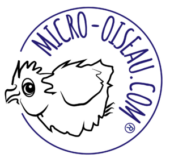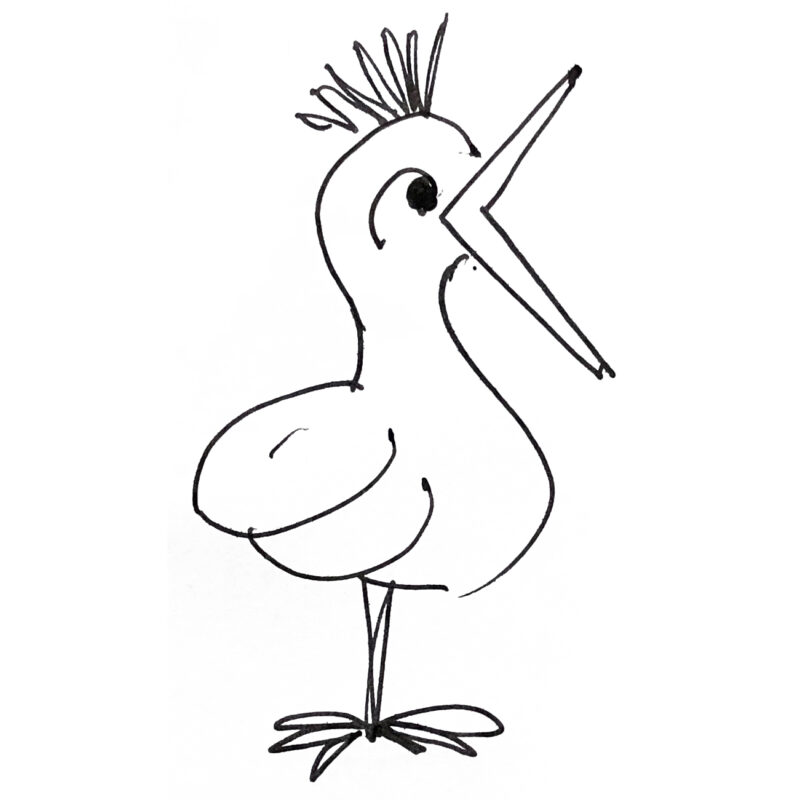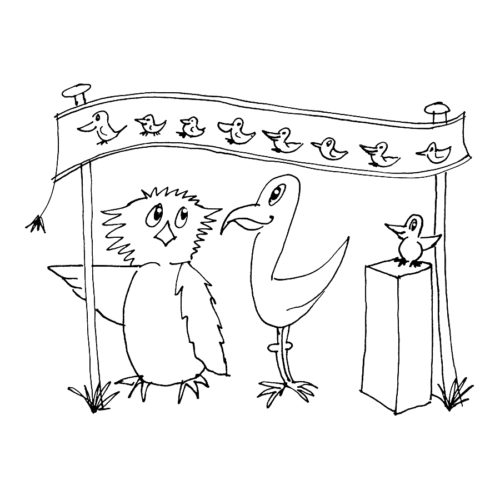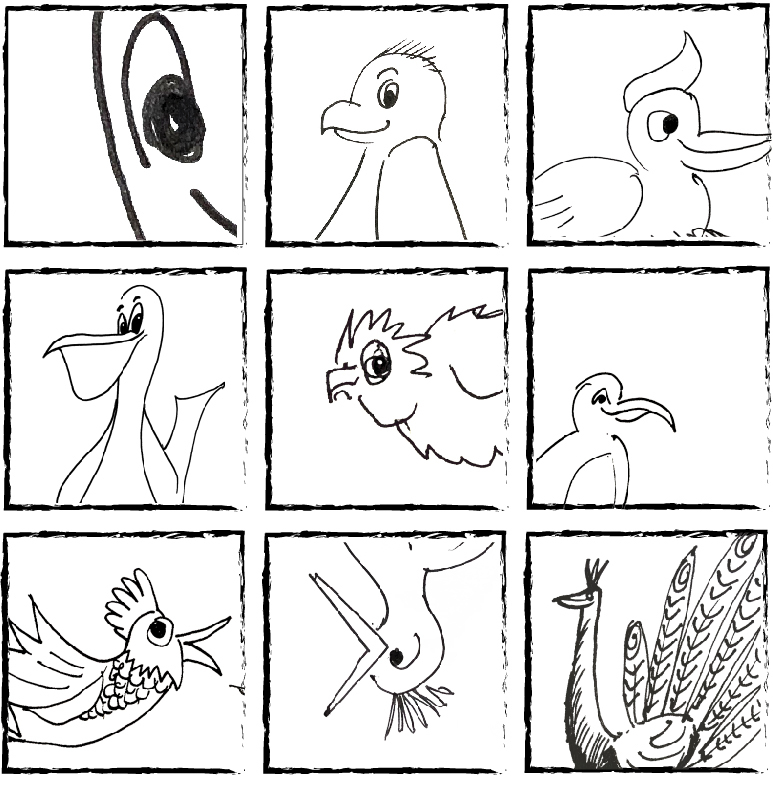#4 Be Seen Online: how to develop a good website
Today, the Internet offers us a wonderful way to talk to the world.
As well as a personal website to showcase what we do, there are also a range of professional networking websites, such as LinkedIn, and marketplace websites, including Etsy, Amazon, Ebay, Airbnb and Booking.com, to name just a few popular ones.
As well as having your own website, this wide range of digital platforms offers a micro entrepreneur or business startup lots of ways to promote and sell their services and products around the world.
I regularly get asked, “Do I really need a website?” and 99 times out of 100 my answer is “Yes.”
I also get asked, “Do I need to sign up to all the popular social media platforms like Facebook, Twitter, Instagram, YouTube and TikTok?” My answer is always “No”, what you DO NEED to do is find out where and in which ways your customers are shopping online. When you know this, THEN you can focus your time and efforts on those specific social platforms and not waste your time on the others.
In this guide we are focusing on how to develop a good website and we will look at social media in more detail in our guide, Be Heard: how to get results from social media.
So, should everyone have a website?
For a homeowner with a room to rent, or someone with a parking space to let, marketplace websites like Airbnb are perfect as they help people raise a little cash.
For people renting out a whole villa, cottage, gîte, traditional bed and breakfast, or a valet and parking service, which will generate substantially higher taxable income, it becomes a business. And, as a business, you need to attract a steady flow of customers and do need your own website.
For lots of small businesses, using a marketplace website like Amazon is a key part of their marketing mix. However, it is also very wise to have your own website where you can fully promote what you do. This may include lots of additional product or service information; being able to engage your customers by telling your story, offering discounts and sharing know-how, and, importantly, being independent of a marketplace website that you have no control over.
It is also a question of trust.
In our marketing guides we talk about building trust. It should come as no surprise that building customer trust is the job of your website too.
Many customers who come across you on a marketplace website will look for your personal website link or make a separate internet search for you. They do this because they want to be sure they are making a good buying decision: that you are who you say you are and that you can be trusted. Many people also prefer to make direct contact to benefit from direct discounts, but mostly for peace of mind.
A good website builds trust and trust will build your business.
A poor website damages trust and your reputation.
Here are the basic requirements for a good website:
- Working: all pages can be read with no broken links
- Readable: is easy to read, understand and navigate
- Visible: can be viewed on a desktop, tablet or mobile phone
- Informative: gives the information your customer wants and needs
- Actionable: allows visitors to take action, for example, to contact you, book or buy
- Searchable*: can be found by the main search engines, like Google, bing and Yahoo
When you develop your website ensure that you can also access information on your ‘web traffic’. Web traffic describes how many people find your site and what they do when they get there. You can use the free tool Google Analytics to check how many people are visiting, where they come from, what pages they are reading, how long they are spending on the site, and which pages they exit from. Use this feedback to help you improve your website content over time.
*A good website should be built, not only to give visitors what they want, but also to attract the internet search engines that will list it. This depends on a clean, well organised site structure, well written content, together with search engine optimized (SEO) text. Ensuring these things will give your website the best chance of being listed by search engines. We will look at SEO in more detail in future guides.
The golden rule: “keep it simple” and…
- Make your website your ‘mothership’, your online ‘hub’, and use your marketing mix and social media to drive people to it.
- On every page create a ‘call to action’ telling visitors what they can do, for example: ‘buy here’, ‘find us’, ‘see more’ and ‘get in touch’. Don’t think they will automatically know what to do. In fact assume that they won’t.
- Make contacting you easy with a very visible phone number, email address or online contact form.
- Give people plenty of reasons to return. For example, insightful blogs, free resources and ‘how to’ articles – be helpful, it will build trust.
- If you know how to build and develop a website, great! If you don’t, save yourself time, energy and your customers’ trust by seeking help from professionals.
Be wary of ‘free’ website design and hosting offers. They seem like fantastic value at first but look closer…
‘Free’ usually means your website will show other company’s adverts. It might load slowly, which will frustrate your visitors. This is usually with the aim of getting you to sign up to a monthly payment plan to achieve a better service.
It may only offer very limited functions, which you will find hard to change.
You may not be able to move your website away from the free host. Read all the terms and conditions carefully.
It is always wise to speak to a reputable website business, who should not ask you to pay for an introductory chat or pressure you into joining them.
If you do want to take advantage of a free hosting deal, do your research to find the best terms for your circumstances.
When it comes to pictures, colours, layout and text, if you don’t have design skills, get professional help. Whatever budget you have, maximise it by hiring the best help you can. The ‘visual language’ of marketing is very important and we will look at this in Be Persuasive: how to advertise. This is worth knowing because it absolutely applies to a website!

Don’t be put off!
“The most courageous act is still to think for yourself. Aloud.” Coco Chanel
There are currently around 200 million active websites on the world wide web today.* But, don’t be put off. People are looking for what you offer.
A picture is worth a thousand words
Fonsegre is a wonderful, spacious farmhouse chambre d’hôte with bed and breakfast and gîtes set in the rolling fields of Burgundy, close to the walled medieval market town of Nevers. A working farm Fonsegre is also a haven for travellers on the N7 and visitors to the historic Magny Cours race track and is owned and run by a Franco British couple David and Isabel. Quietly emerging from Fonsegre’s many attractions are Isabel’s creative cooking, superb dishes and her love of good ingredients.
Beautifully created and presented, Isabel’s seasonal dishes are always a delightful addition to a stay. Few, if any, guests leave without applauding the cook! You’ll find Isabel’s dishes showcased on her website and Instagram feeds. Despite neither being a professional photographer, nor a chef, Isabel’s lovingly designed and prepared dishes are a great example of using a personal passion to engage customers, attract recommendations and new visitors. Her stylish food also sets the tone for the simply, yet lovingly decorated rooms and spaces. You can check out Fonsegre here.
Rome wasn’t built in a day and neither was anyone’s internet presence
It takes time for search engines to find your site, check its contents and index it. It takes time and effort for you to build trust and an online audience.
A website can be a great showcase, resource and sales tool, BUT it’s just a bunch of pixels without visitors. Through all the different elements of your marketing mix, you should be driving people towards your website and this activity needs to be regular and consistent.
People are busy. They make thousands of decisions everyday. Your job is to make finding and using your website one of the easy ones.
A last word about photographs and other images…
Today’s mobile phones are capable of taking and editing superb photographs and videos. It is worth practising. Think about light, angle, different filters and interest for the viewer.
If you are photographing products, keep the backgrounds plain and ensure good lighting and a range of angles.
For other images, if you are not confident enough to use your own photography, you can find and download thousands of good quality, free-to-use photographs by reading our Micro Oiseau Free Images for marketing page. You’ll find information on a wide range free image libraries, along with tips on how to get the most from these resources, file size and copyright issues. If you need very specific imagery seek professional help and never randomly download images from the Internet without permission from the photographer. It may feel like an easy and quick solution, but you may attract the wrong kind of attention!
In our next guide we focus on writing content in Be Persuasive: how to advertise. An essential skill for our marketing, website and social media, we will look at how to craft the right words and choose the right pictures to engage, inform and persuade.
Guide written by Jacky Fitt. Discover the work of our translators.









